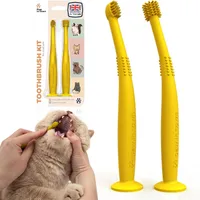Gingivitis in cats: The painful and progressive precursor to dental disease
Spot the signs of gingivitis in cats, understand the causes, and find the best treatment options
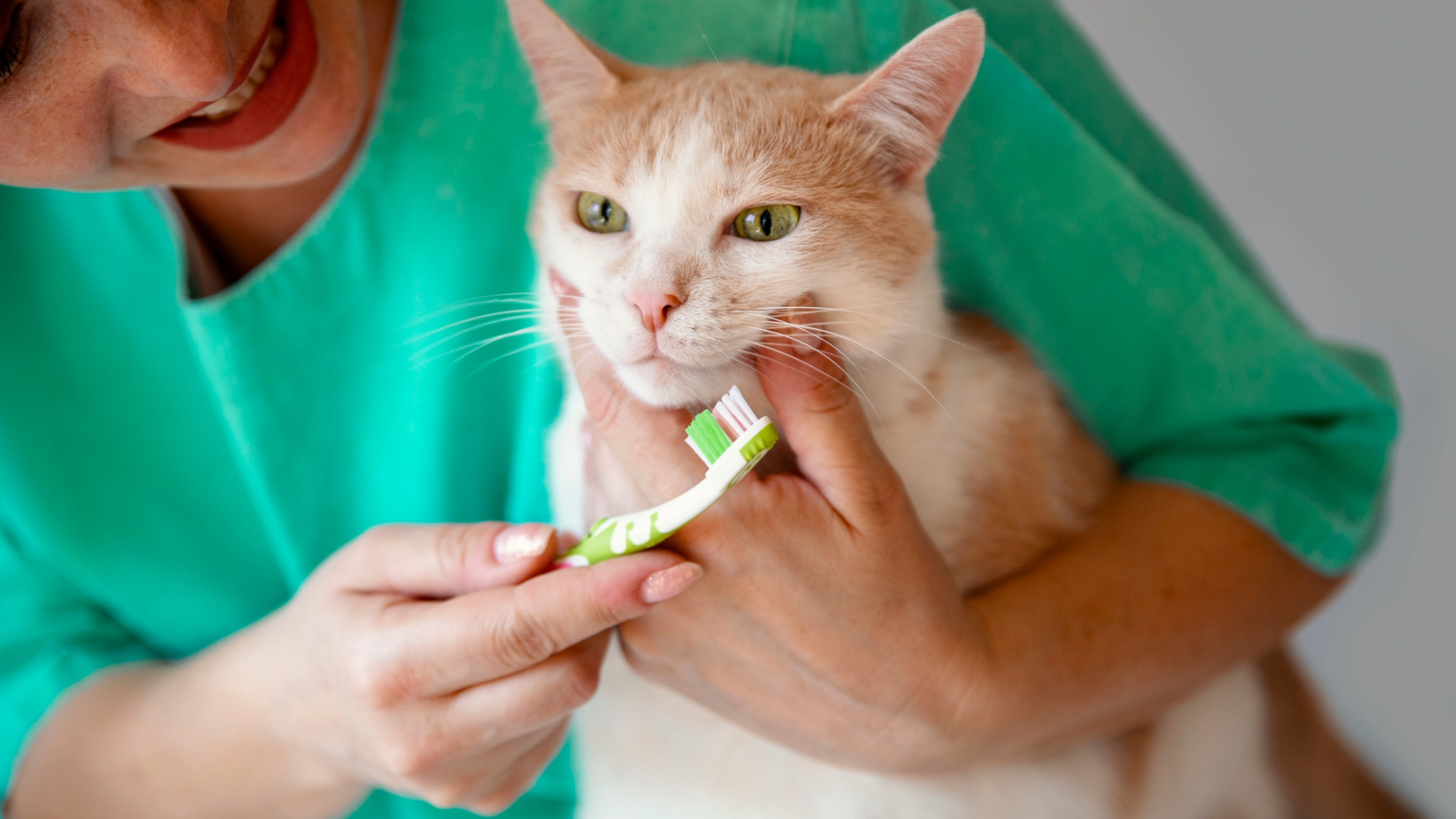
Gingivitis in cats is one of the most common dental problems seen in general practice, yet it’s often misunderstood or missed by owners until the condition becomes severe. As a small animal vet with 14 years of experience, I’ve helped lots of cats with dental disease, and gingivitis is almost always where it starts.
Gingivitis is an inflammatory condition affecting the gums, and while it may seem mild at first, it can lead to significant discomfort and more serious oral health issues if left untreated. The good news is, with the right management and care, it can often be controlled and even reversed.
In this guide, I’ll walk you through everything you need to know about gingivitis in cats – from the early warning signs to the best treatment options – with practical advice from clinical experience. Whether you’re a first-time cat owner or a seasoned pro, this guide will help you protect your feline friend’s pearly whites.
What is gingivitis in cats?
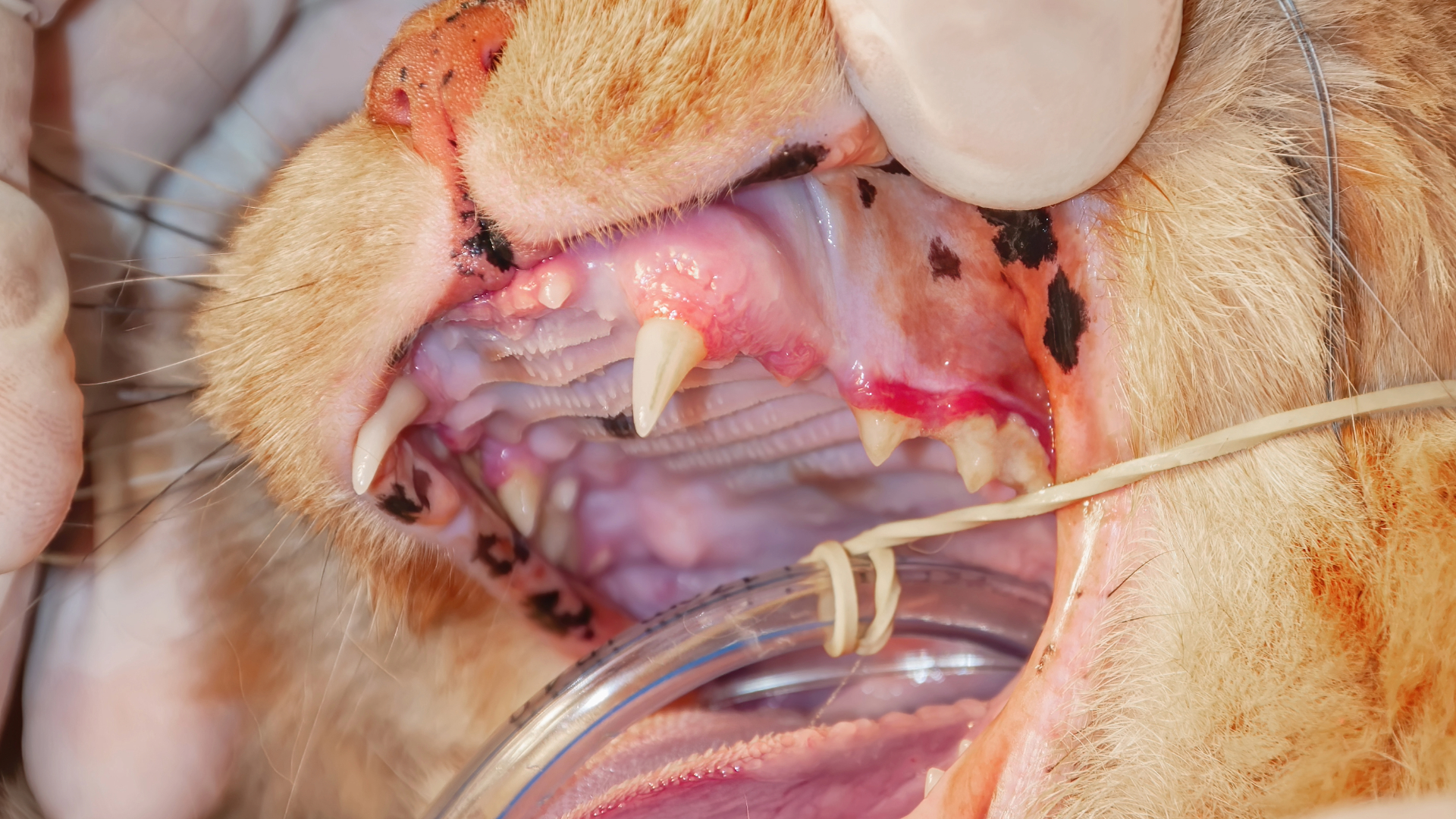
Gingivitis in cats is the inflammation of the gums (gingiva) that surround and support the teeth. It’s typically caused by a build-up of plaque – a soft, sticky film made up of bacteria, saliva, and food particles – on the surface of your cat’s teeth. If not regularly removed, this plaque hardens into tartar (calculus), which further irritates the gums and worsens the inflammation.
In the early stages, gingivitis may just affect the gumline. Owners may notice redness, swelling, and bleeding around the teeth. But if left untreated, it can progress to periodontitis, where the structures supporting the teeth, like ligaments and bone, become damaged. This stage is often irreversible and can lead to tooth loss.
Some cats also develop a more severe form of gum disease called stomatitis, where inflammation extends deeper into the mouth and causes widespread pain.
How do I tell if my cat has gingivitis?
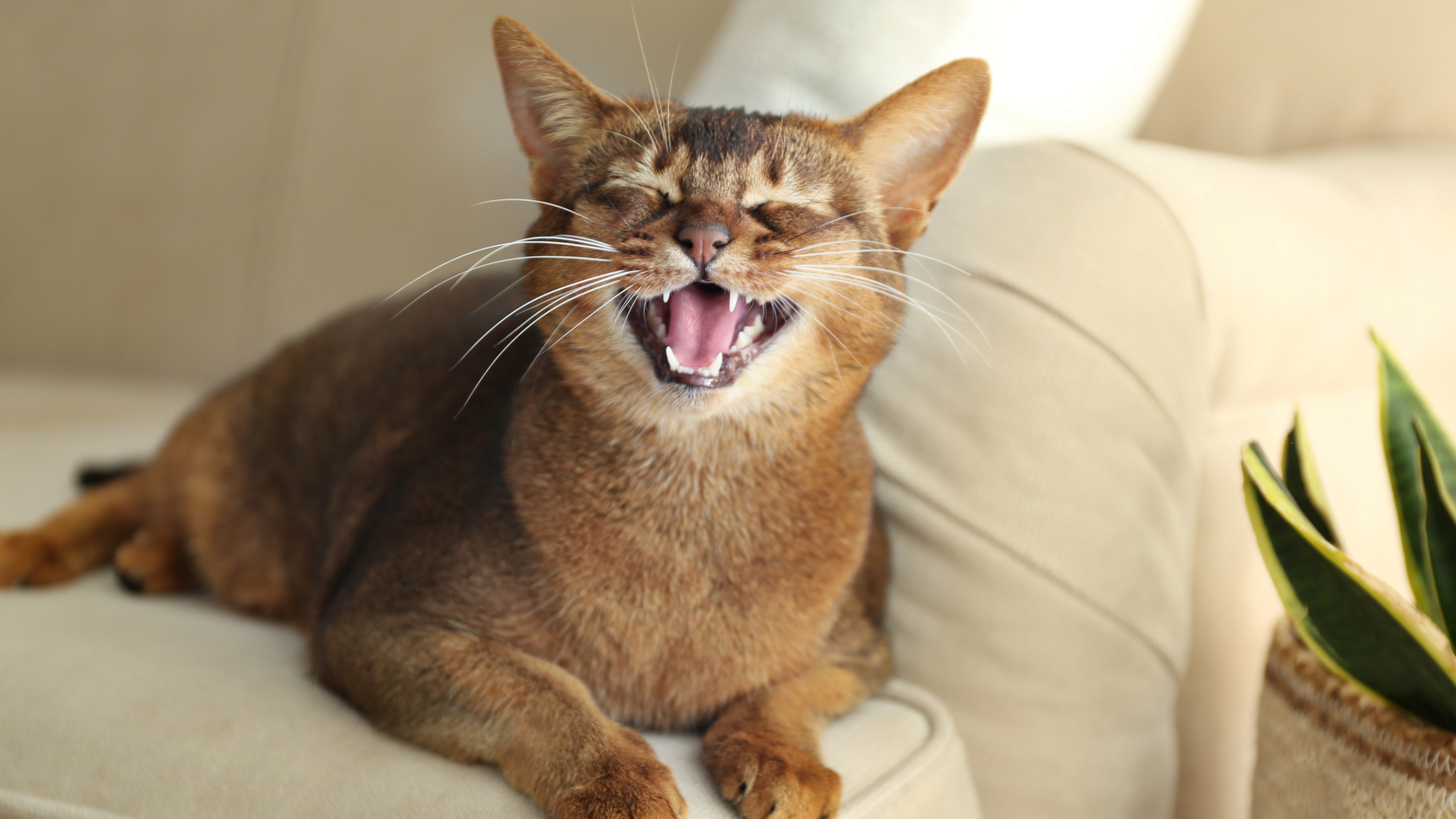
Cats are incredibly stoic creatures, and they often hide signs of pain. That’s why gingivitis can easily go unnoticed until it’s quite advanced. Look out for these common signs:
Get the best advice, tips and top tech for your beloved Pets
- Red, swollen gums, especially around the base of the teeth
- Bleeding gums are often noticed during eating or when chewing on toys
- Bad breath (halitosis) is a telltale sign of oral bacteria
- Drooling or saliva with traces of blood
- Difficulty eating, chewing on one side, or dropping food
- Pawing at the mouth or rubbing the face
- Decreased appetite or weight loss
- Changes in behavior, such as being more withdrawn or irritable
What causes gingivitis in cats?
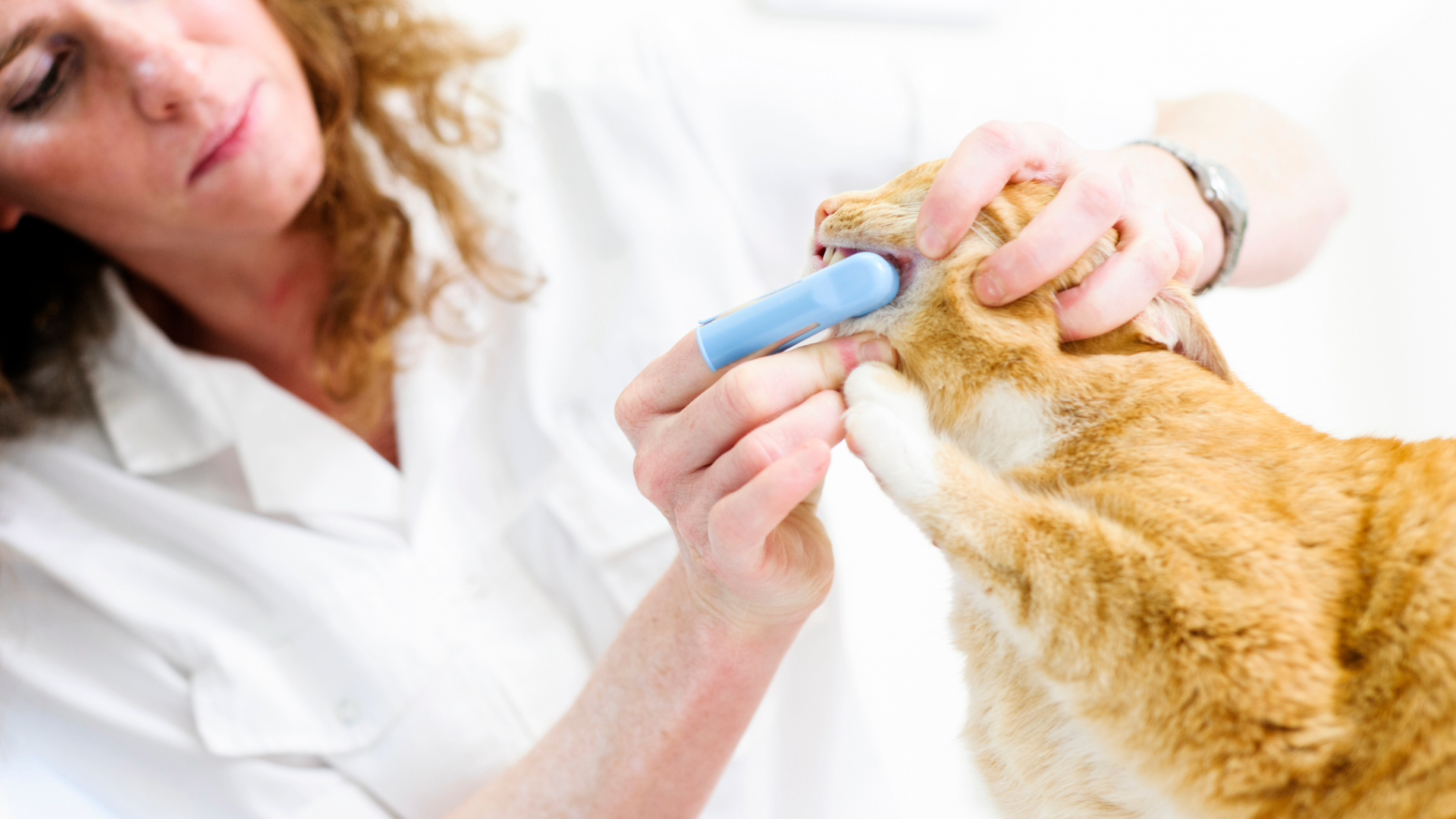
There are several underlying causes of gingivitis in cats, and often it’s a combination of factors. Here are the most common:
There are several underlying causes of gingivitis in cats, and often it’s a combination of factors. Here are the most common:
- Dental plaque and tartar: These are the number one causes. If plaque isn’t removed through regular cleaning, it calcifies into tartar, leading to inflammation and infection.
- Feline chronic gingivostomatitis (FCGS): This is an immune-mediated condition where the cat’s immune system overreacts to plaque, causing severe and painful inflammation in the gums and mouth.
- Viral infections: Viruses like feline calicivirus, feline herpesvirus, and feline immunodeficiency virus (FIV) can all contribute to gingivitis and stomatitis. Luckily, some of these can be vaccinated against. Vaccinations are very important for our pets.
- Tooth resorption: A common and painful condition in cats where the tooth structure breaks down, exposing sensitive dentin and leading to secondary gum inflammation.
- Poor oral hygiene: Just like in humans, cats need regular dental care. Lack of brushing, dental diets, or professional cleaning leads to rapid plaque accumulation.
- Genetic predisposition: Some breeds, such as Abyssinians, Siamese, and Persians, are more prone to dental issues, including gingivitis.
- Diet: Soft or wet food diets don’t provide the abrasive action needed to help keep teeth clean, which can contribute to plaque build-up.
How do you treat gingivitis in cats?
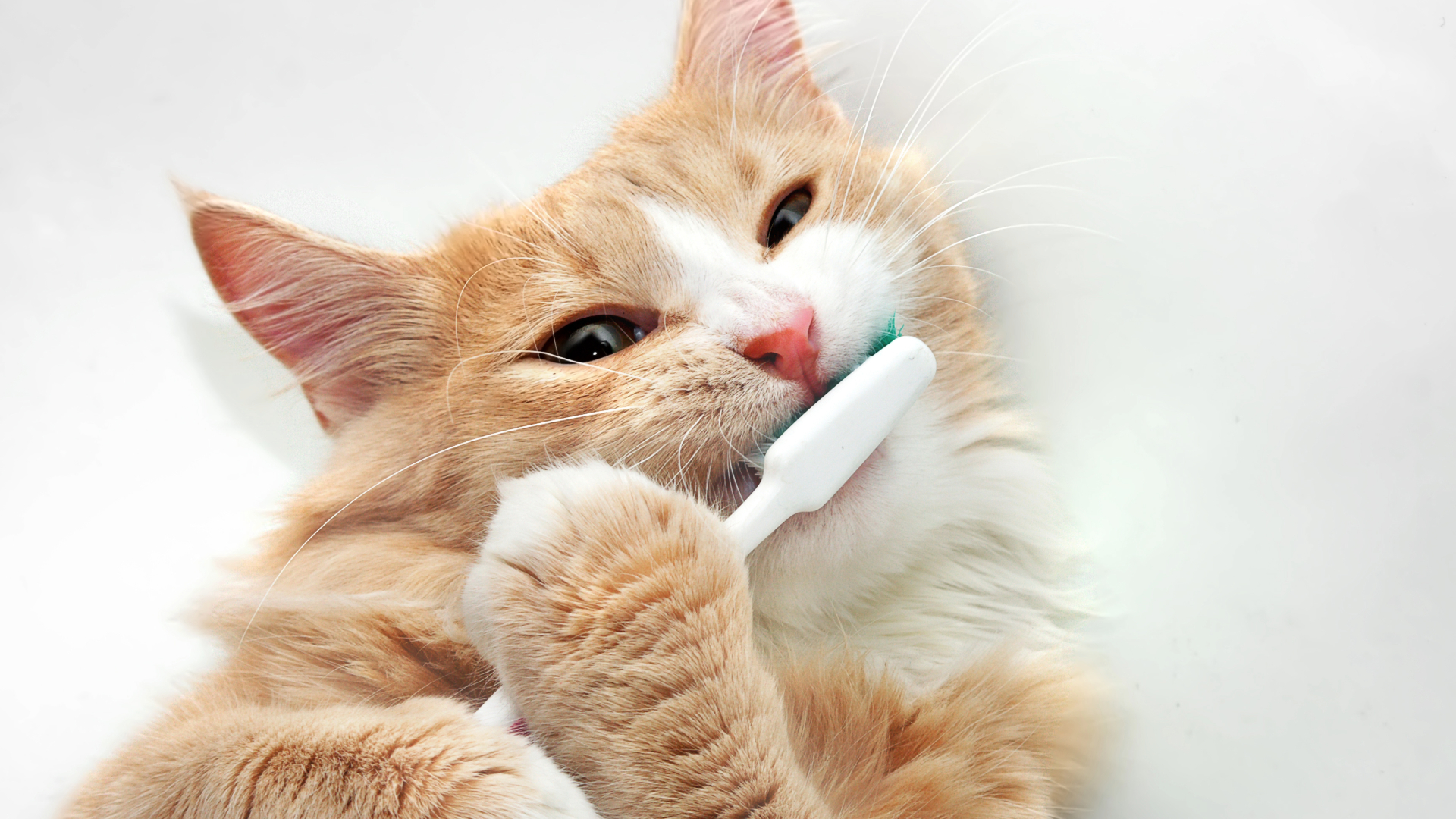
The treatment for gingivitis in cats depends on the underlying cause and severity. Here's how it is typically managed:
- Professional dental cleaning: A full dental scale and polish performed under general anaesthesia is usually the first step. This allows your vet to remove plaque and tartar from above and below the gum line and assess each tooth for disease.
- Tooth extraction: If teeth are loose, damaged, or contributing to chronic inflammation, they may need to be removed. Cats can do very well without several or even all of their teeth, and it often significantly improves their quality of life.
- Medical treatment: Anti-inflammatory medication (such as corticosteroids or NSAIDs), antibiotics, or immune-modulating drugs may be used, particularly in cases like FCGS. Your vet will tailor a treatment plan based on your cat’s individual needs.
- Ongoing dental hygiene: At-home care is crucial for long-term success. This includes keeping your cat’s teeth clean, brushing your cat’s teeth with a pet-safe toothpaste, offering dental chews or diets, and regular vet checks.
Can gingivitis be treated at home?
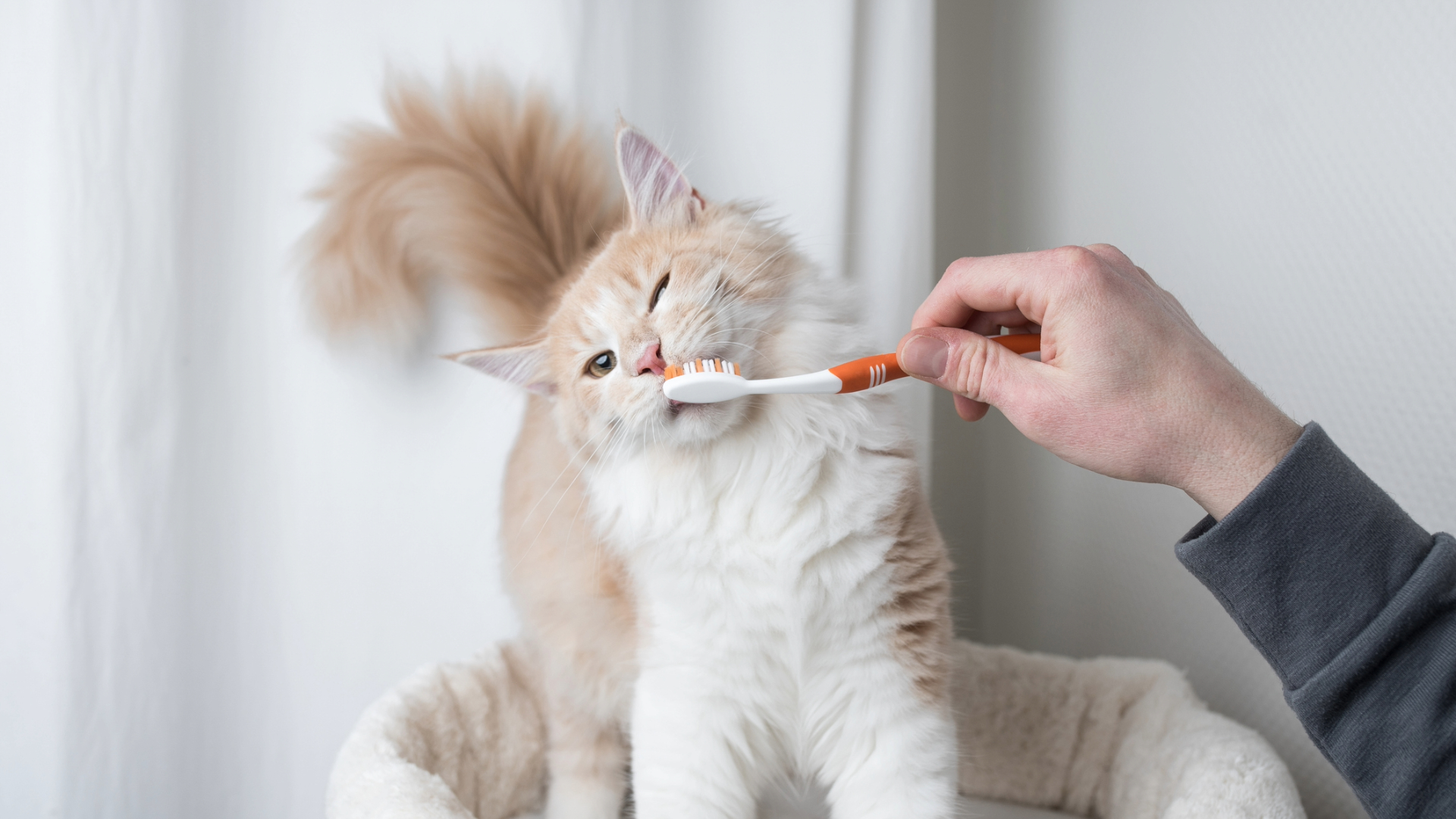
Mild cases of gingivitis can sometimes be managed at home with daily tooth brushing and dental-friendly products. However, once tartar is present, it can only be removed professionally. Never attempt DIY dental scaling – this can cause pain and damage the teeth.
Home care is essential after professional treatment to prevent recurrence. There are many products that help, including:
- Pet toothbrushes and pet toothpaste, learning how to brush your cat’s teeth can make a huge difference.
- Dental diets (like Hill’s t/d)
- Water additives
- Dental gels and sprays
Soft Cat Toothbrush Set | Amazon
This gentle yet effective toothbrush kit is ideal for both cats and small dogs, and made from food-grade silicone. The ergonomic design ensures easy handling, while the soft bristles provide a comfortable brushing experience. It is a practical and pet-friendly addition to your grooming routine.
What happens if you don't treat gingivitis in cats?
If left untreated, gingivitis in cats can progress to periodontal disease, leading to:
- Chronic pain
- Tooth loss
- Oral infections that can spread to other parts of the body
- Poor general health due to inflammation
- Weight loss and reduced quality of life
- Increased veterinary costs in the long term
Early intervention is always best. Even if your cat isn’t showing obvious signs, regular dental checks can help catch issues before they become serious.
Read more here on fascinating facts about cat’s teeth or four ways to prevent gingivitis that I'd wish I'd known sooner

Emma graduated from the Royal Vet College in London in 2011. She has a keen interest in surgery and went on to do a postgraduate certificate in small animal surgery and was then awarded advanced practitioner status in the same discipline.
Edited by Megan Milstead.
This page was last updated in July 2025 by Emma Chandley.
Emma Chandley is a vet with 14 years of experience and has a keen interest in surgery. After graduating from the Royal Vet College in London in 2011, she achieved a postgraduate certificate in small animal surgery from the British Small Animal Veterinary Association and Nottingham Trent University. She was then awarded advanced practitioner status in the same discipline by The Royal College of Veterinary Surgeons. She has a black Labrador and two pygmy goats at home.
